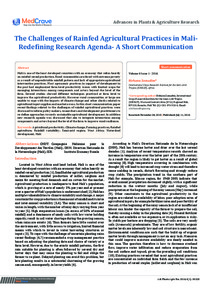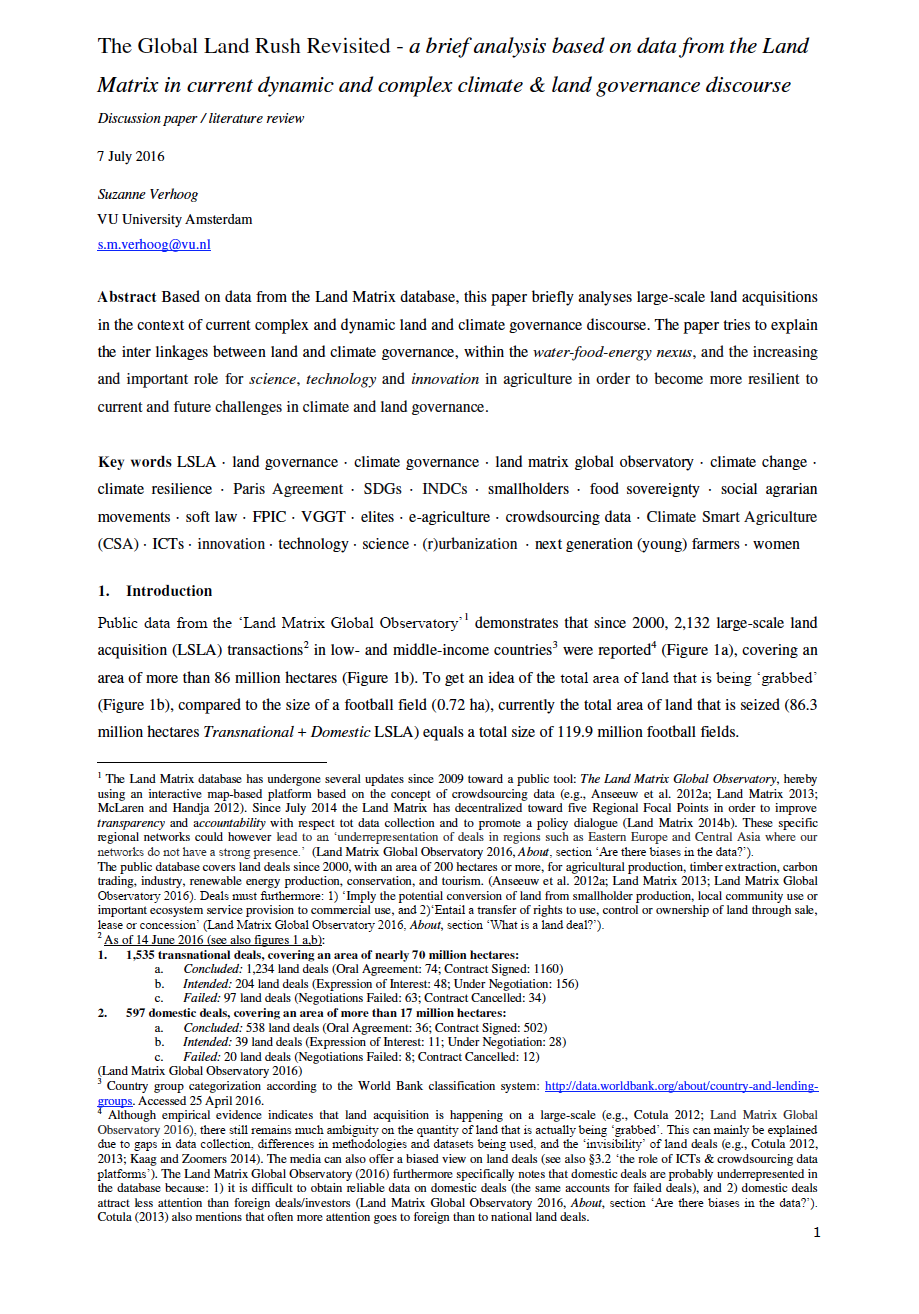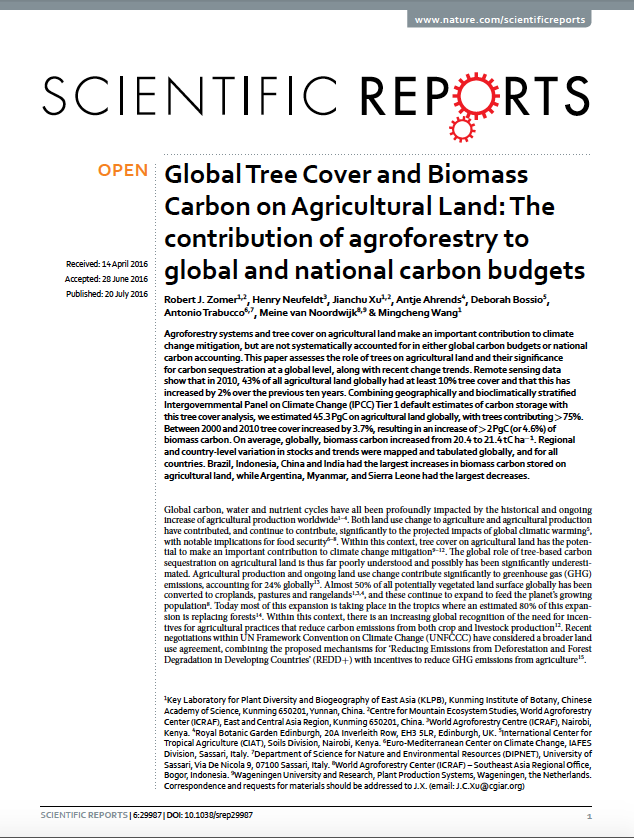Country Partnership Framework for Sri Lanka for the Period FY17-FY20
The new Country Partnership Framework
(CPF or framework) presents the engagement of the World Bank
Group (WBG) in Sri Lanka over the next four years (fiscal
years 2017-20 (FY17–20)). The CPF aims to support the
achievement of some of the government’s medium-term goals in
areas that are critical for reducing extreme poverty and
promoting shared prosperity, and that are consistent with
the WBG’s comparative advantage. Notably, the CPF provides





